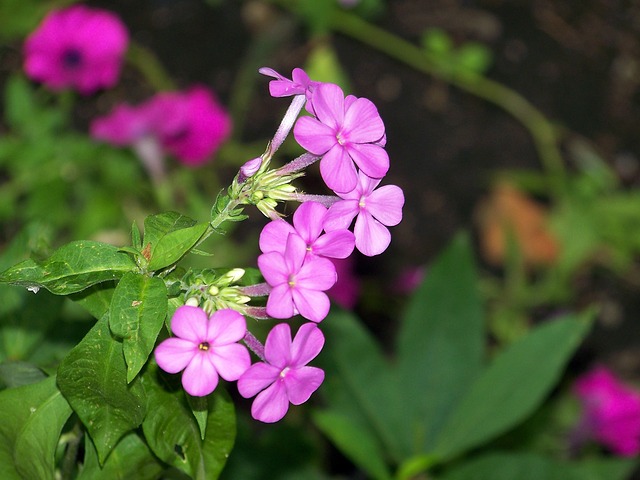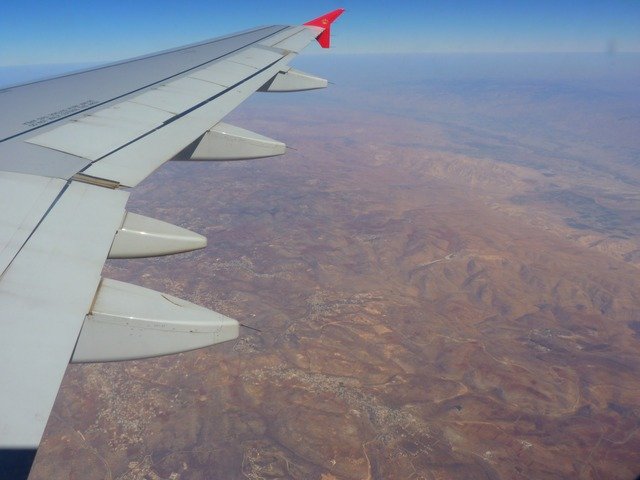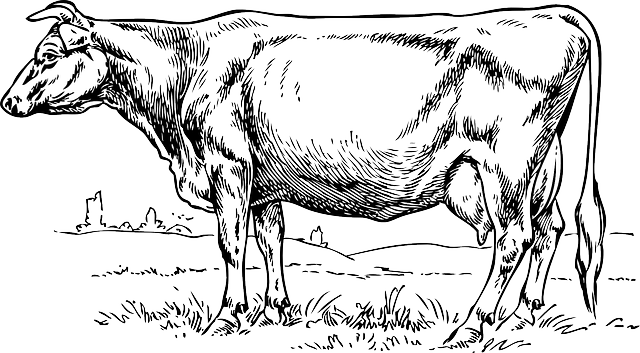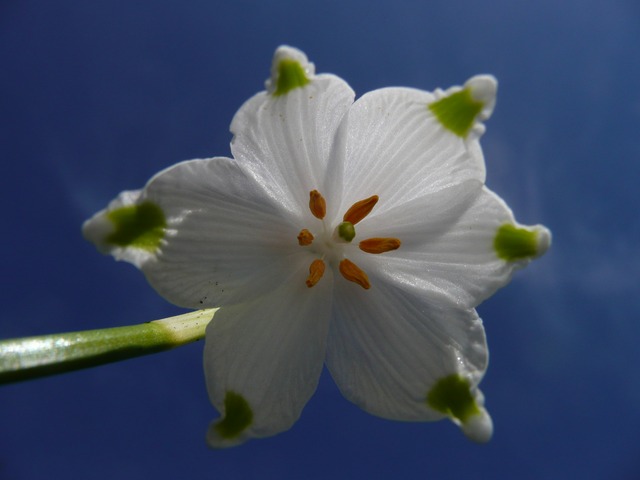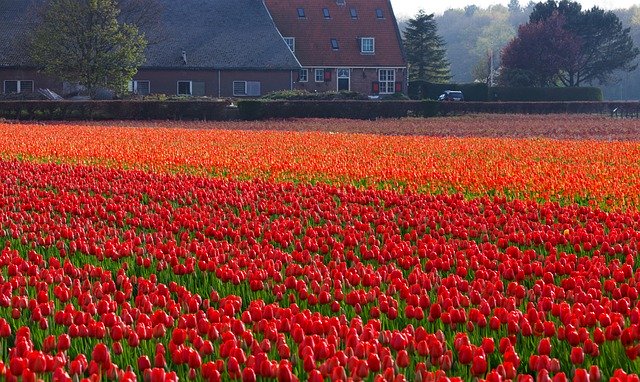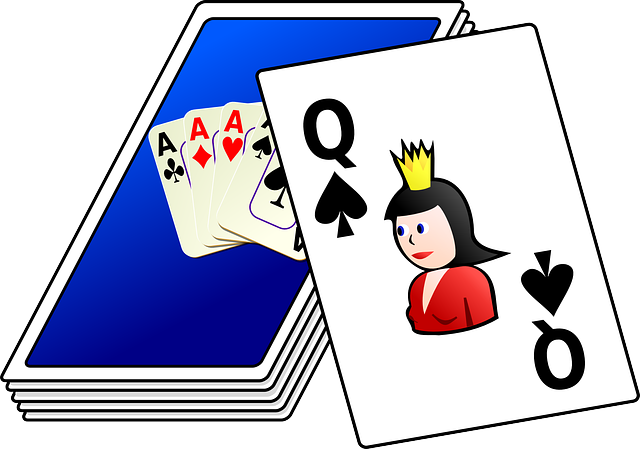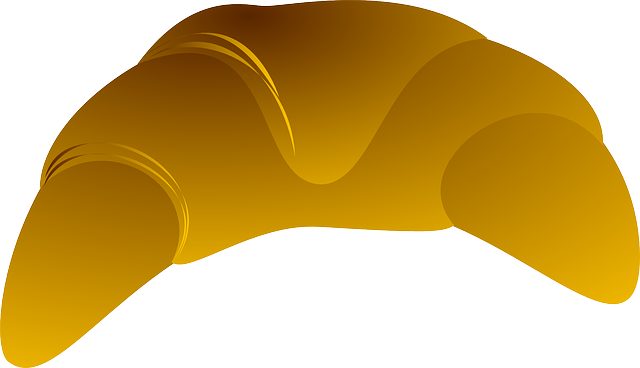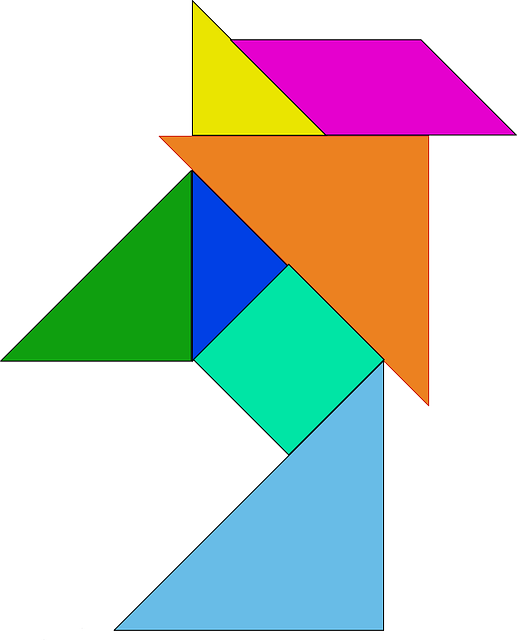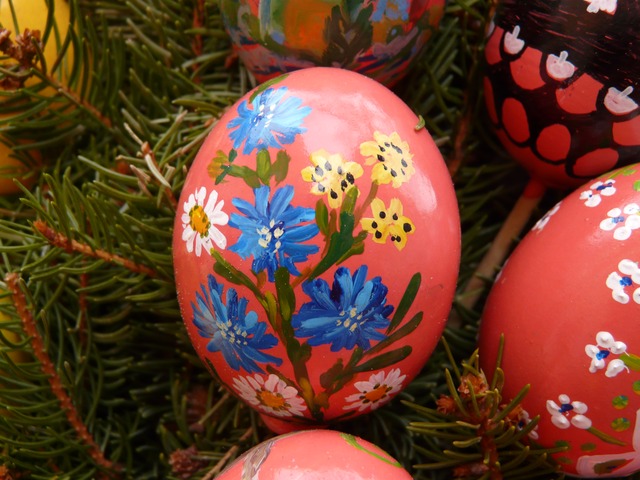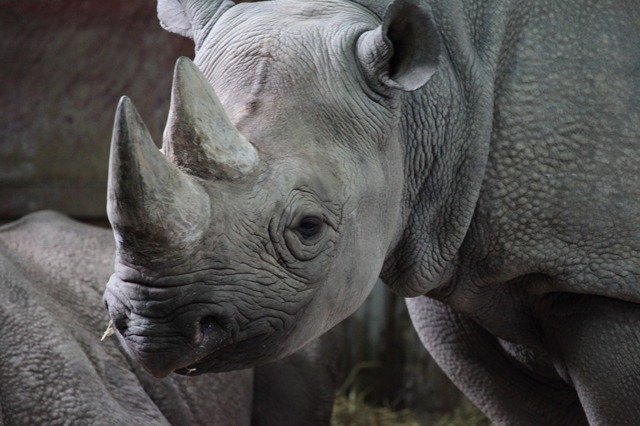اللغات الفـِنية
| Finnic | |
|---|---|
| Fennic الفـِنـّية البلطيقية | |
| العرق: | فـِن البلطيق |
| التوزيع الجغرافي: |
— |
| التبويب اللغوي: |
الاورالية
|
| اللغة الأولية: | Proto-Finnic |
| الأقسام: |
|
| Glottolog: | finn1317 |
اللغات الفـِنـِّية (Finnic أوFennic) أوالبلطيقية الفـِنـِّية (Baltic Finnic ؛ Balto-Finnic ؛ Balto-Fennic) هم فرع من عائلة اللغات الأورالية المستخدمة حول بحر البلطيق، وخصوصاً في فنلندا وإستونيا، بنحوسبعة مليون شخص.
Traditionally eight Finnic languages have been recognized. The major modern representatives of the family are Finnish and Estonian, the official languages of their respective nation states. The other Finnic languages in the Baltic Sea region are Ingrian and Votic, spoken in Ingria by the Gulf of Finland; and Livonian, once spoken around the Gulf of Riga. Spoken farther northeast are Karelian, Ludic and Veps, in the region of Lakes Onega and Ladoga.
In addition, since the 1990s, several Finnic-speaking minority groups have emerged to seek of recognition as distinct languages, and have established separate literary standard languages.Northern Karelian, Tver Karelian and Livvi represent the three main dialect groups of Karelian, which earlier had been an unwritten language. Võro and Seto (modern descendants of South Estonian) are spoken in southeastern Estonia and earlier were considered dialects of Estonian. The Meänkieli dialects and Kven are spoken in northern Sweden and Norway and have the legal status of independent languages. They were earlier considered dialects of Finnish and are mutually intelligible with it.
The smaller languages are endangered. The last native speaker of Livonian died in 2013, and only about a dozen native speakers of Votic remain. Regardless, even for these languages, the shaping of a standard language and education in it continues.
The geographic centre of the maximum divergence between the languages is located south of the Gulf of Finland.
التبويب
The Finnic languages are located at the western end of the Uralic language family. A close affinity to their northern neighbors, the Sami languages, has long been assumed, though many of the similarities (particularly lexical ones) can be shown to result from common influence from Germanic languages and, to a lesser extent, Baltic languages. Innovations are also shared between Finnic and the Mordvinic languages, and in recent times Finnic, Samic and Mordvinic are frequently considered together.[]
السمات العامة
There is no grammatical gender in any of the Finnic languages, nor are there articles or definite or indefinite forms.
المجموعات الفرعية
The Finnic languages form a complex dialect continuum with few clear-cut boundaries. Innovations have often spread through a variety of areas, even after variety-specific changes.[]
[W]hat can be classified are not the Fennic languages, but the Fennic dialects.
A broad twofold conventional division of the Finnic varieties recognizes the Southern Finnic and Northern Finnic groups (though the position of some varieties within this division is uncertain):
|
|
† = extinct variety; (†) = moribund variety.
A more-or-less genetic subdivision can be also determined, based on the relative chronology of sound changes within varieties, which provides a rather different view. The following grouping follows among others Sammallahti (1977), Viitso (1998), and Kallio (2014):
- الفـِنية
- South Estonian (Inland Finnic)
- Coastal Finnic
- Livonian (Gulf of Riga Finnic)
-
Gulf of Finland Finnic
- Northern Finnic
- Western Finnish
- Eastern Finnic
- Eastern Finnish
- Ingrian
- Karelian
- Ludic
- Veps
- Central Finnic
- (North/Standard) Estonian
- Votic
- Northern Finnic
The division between South Estonian and the remaining Finnic varieties has isoglosses that must be very old. For the most part, these features have been known for long. Their position as very early in the relative chronology of Finnic, in part representing archaisms in South Estonian, has been shown by Kallio (2007, 2014).
| Clusters *kt, *pt | Clusters *kc, *pc (IPA: *[kts], *[pts]) |
Cluster *čk (IPA: *[tʃk]) |
3rd person singular marker | |
|---|---|---|---|---|
| South Estonian | *kt, *pt > tt | *kc, *pc > ts | *čk > tsk | endingless |
| Coastal Finnic | *kt, *pt > *ht | *kc, *pc > *ks, *ps | *čk > *tk | *-pi |
الفـِنية الشمالية
Salminen (2003)[] present the following list of Finnic languages and their respective number of speakers. <section begin="Finnic languages" />
| اللغة | عدد المتحدثين | المنطقة الجغرافية |
|---|---|---|
| Livonian | Extinct as first language | Latvia |
| Võro-Seto | 50,000 | Estonia, Russia |
| Estonian | 1,000,000 | Mainly Estonia |
| Votic | 20 | Russia |
| Finnish | 5,000,000 | Mainly Finland |
| Ingrian | 200 | Russia |
| Karelian | 30,000 | Finland, Russia |
| Livvi | 25,000 | Finland, Russia |
| Veps | 5,000 | Russia |
<section end="Finnic languages" />
قائمة الإبداعات الفـِنية
These features distinguish Finnic languages from other Uralic families:
التغيرات الصوتية
Sound changes shared by the various Finnic languages include the following:
- Development of long vowels and various diphthongs from loss of word-medial consonants such as *x, *j, *w, *ŋ.
- Before a consonant, the Uralic "laryngeal" *x posited on some reconstructions yielded long vowels at an early stage (e.g. *tuxli 'wind' > tuuli), but only the Finnic branch clearly preserves these as such. Later, the same process occurred also between vowels (e.g. *mëxi 'land' > maa).
- Semivowels *j, *w were usually lost when a root ended in *i and contained a preceding front (in the case of *j, e.g. *täji 'tick' > täi) or rounded vowel (in the case of *w, e.g. *suwi 'mouth' > suu).
- The velar nasal *ŋ was vocalized everywhere except before *k, leading to its elimination as a phoneme. Depending on the position, the results included semivowels (e.g. *joŋsi 'bow' > jousi, *suŋi 'summer'> suvi) and full vocalization (e.g. *jäŋi 'ice' > jää, *müŋä 'backside' > Estonian möö-, Finnish myö-).
- The development of an alternation between word-final *i and word-internal *e, from a Proto-Uralic second syllable vowel variously reconstructed as *i (as used in this article), *e or *ə.
- Elimination of all Proto-Uralic palatalization contrasts: *ć, *δ́, *ń, *ś > *c, *δ, *n, *s.
- Elimination of the affricate *č, merging with *š or *t, and the spirant *δ, merging with *t (e.g. *muδ́a 'earth' > muta). See above, however, on treatment of *čk.
- Assibilation of *t (from any source) to *c [t͡s] before *i. This later developed to /s/ widely: hence e.g. *weti 'water' > Estonian and Finnish vesi (cf. retained /t/ in the partitive *wet-tä > Estonian vett, Finnish vettä).
- Consonant gradation, most often for stops, but also found for some other consonants.
- A development *š > h, which, however, postdated the separation of South Estonian.
Superstrate influence of the neighboring Indo-European language groups (Baltic and Germanic) has been proposed as an explanation for a majority of these changes, though for most of the phonetical details the case is not particularly strong.
انظر أيضاً
- Proto-Finnic language
- Birch bark letter no. 292
ملاحظات
- ^ خارج فنلندا، المصطلح Finnic languages يُستخدم تقليدياً كمرادف للمجموعة الواسعة من اللغات الفـِنـّو-پرمية، بما في ذلك Baltic Finnic, Permic, Sami languages, ولغات فـِن الڤولگا. وفي نفس الوقت، قصَرها الدارسون الفنلنديون على اللغات البلطيقية الفـِنية؛ المجلد المسحي The Uralic Languages يستخدم التهجي اللاتيني Fennic لتمييز هذا الاستخدام الفـِنـّي بلطيقي (بلطو-فـِني) عن المعنى الغربي الأوسع للحدثة. وفي 2009، the 16th edition of Ethnologue: Languages of the World abandoned the Finno-Permic clade altogether and adopted the nomenclature of Finnish scholars.
الهامش
- ^ نطقب:Glottolog
- ^ "The languages of Europe". . Infobase Publishing. 2006. p. 888.
- ^ Ruhlen, Merritt (1991). "Uralic-Yukaghir". A Guide to the World's Languages: Classification. Stanford University Press. p. 69. ISBN .
- ^ Laakso 2001, p. 180.
- ^ Daniel Abondolo, ed. (1998). The Uralic Languages. Routledge Language Family Descriptions. Taylor & Francis.
- ^ "Language Family Trees, Uralic, Finnic". Ethnologue. Retrieved 28 May 2011.
- ^ Junttila, Santeri (2010). "Itämerensuomen seuraava etymologinen sanakirja" (PDF). In Saarinen, Sirkka; Siitonen, Kirsti; Vaittinen, Tanja (eds.). Sanoista kirjakieliin. Juhlakirja Kaisa Häkkiselle 17. marraskuuta 2010. Suomalais-Ugrilaisen Seuran Toimituksia. 259. ISSN 0355-0230.
- ^ Finnic Peoples at Encyclopædia Britannica
- ^ Pajusalu, Karl (2009). "The reforming of the Southern Finnic language area" (pdf). Mémoires de la Société Finno-Ougrienne. 258: 95–107. ISSN 0355-0230. Retrieved 2015-03-03.
- ^ The Uralic Languages: Description, History and Foreign Influences By Denis Sinor ISBN 90-04-07741-3
- ^ Laakso 2001, p. 207.
- ^ Viitso 1998, p. 101.
- ^ Sammallahti, Pekka (1977), "Suomalaisten esihistorian kysymyksiä", Virittäjä: 119–136, http://www.kotikielenseura.fi/virittaja/hakemistot/jutut/1977_119.pdf, retrieved on 2015-03-25
- ^ Kallio, Petri (2014), "The Diversification of Proto-Finnic", Fibula, Fabula, Fact. The Viking Age in Finland, Studia Fennica Historica, 18, Helsinki: Suomalaisen Kirjallisuuden Seura, ISBN 978-952-222-603-7
- ^ خطأ استشهاد: وسم
<ref>غير سليم؛ لا نص تم توفيره للمراجع المسماةKallio - ^ Posti, Lauri (1953): From Pre-Finnic to Late Proto-Finnic. In: Finnische-Ugrische Forschungen vol. 31
- ^ Kallio, Petri (2000). "Posti's Superstrate Theory at the Threshold of a New Millennium". In Laakso, Johanna (ed.). Facing Finnic: Some Challenges to Historical and Contact Linguistics. Castrenianumin toimitteita. 59.
المراجع
- Laanest, Arvo (1975) (in Estonian), Sissejuhatus läänemeresoome keeltesse, Tallinn
- Laanest, Arvo (1982) (in German), Einführung in die ostseefinnischen Sprachen, Hamburg: Buske (German translation of Laanest 1982)
- Kettunen, Lauri (1960), Suomen lähisukukielten luonteenomaiset piirteet, Suomalais-Ugrilaisen Seuran Toimituksia, 119
- Laakso, Johanna (2001), "The Finnic languages", in Dahl, Ö.; Koptjevskaja-Tamm, M., The Circum-Baltic languages. Typology and Contact. Volume I: Past and Present, Amsterdam: John Benjamins
- Laakso, Johanna, ed. (2000), Facing Finnic. Some challenges to historical and contact linguistics, Castrenianumin toimitteita, 59, Helsinki: Helsingin yliopisto
- Setälä, E. N. (1891–1937), Yhteissuomalainen äännehistoria, Helsinki
- Viitso, Tiit-Rein (1998), "Fennic", in Abondolo, Daniel, Uralic languages, Routledge
وصلات خارجية
- Tapani Salminen. Problems in the taxonomy of the Uralic languages in the light of modern comparative studies.
- Lexicon of Early Indo-European Loanwords Preserved in Finnish
- Swadesh list for Finnic languages (from Wiktionary's Swadesh-list appendix)



